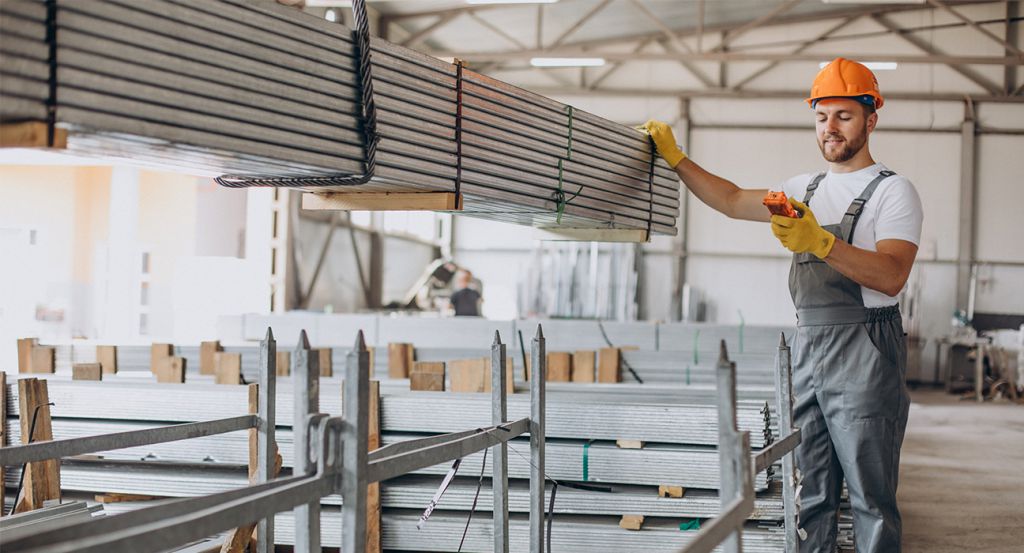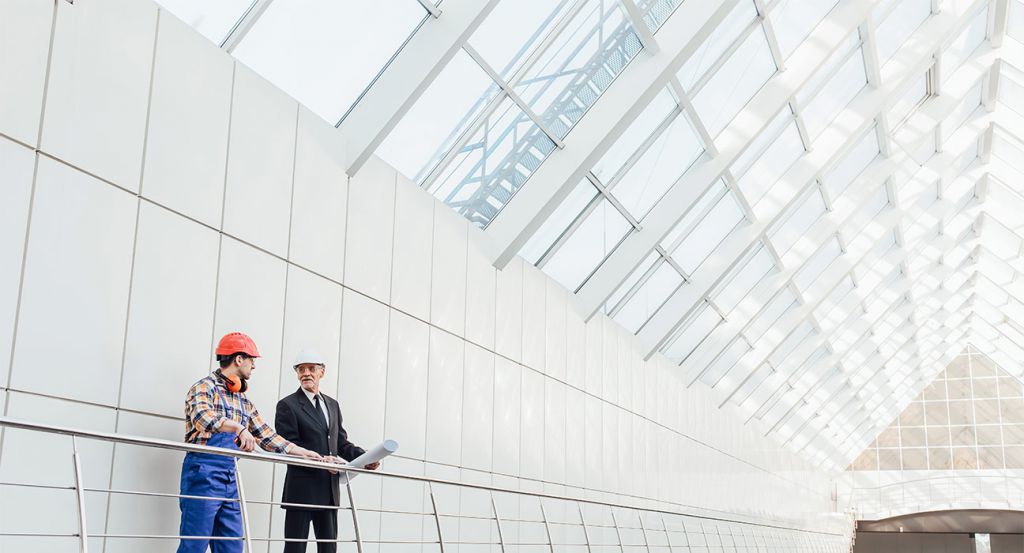Advanced Aluminium Fabrication Techniques: A Deep Dive
Aluminium, a lightweight and versatile metal, plays a crucial role in numerous industries, from aerospace to automotive. To unlock its full potential, advanced fabrication techniques are essential. These cutting-edge methods not only improve efficiency and precision but also enable the creation of complex and innovative designs.
Computer Numerical Control (CNC) Machining:
- What it is: CNC machines use computer programs to guide tools with incredible accuracy. This allows for the precise cutting, drilling, and shaping of aluminum components.
- Advantages: High precision, reduced labor costs, increased repeatability, and the ability to create complex shapes.
Welding:
- What it is: Welding joins pieces of aluminum together using heat or pressure.
- Advantages: Strong and durable joints, cost-effective for many applications.
- Note: Aluminium welding requires specialized techniques and equipment due to its high thermal conductivity.
Bending and Forming:
- What it is: Processes like press braking, roll forming, and hydroforming shape aluminium into desired forms.
- Advantages: Enables the creation of intricate curves and shapes, high production rates.
Extrusion:
- What it is: Aluminium is forced through a die to create long, continuous shapes.
- Advantages: High production volumes, consistent cross-sections, and excellent dimensional accuracy.
- Applications: Window frames, architectural profiles
3D Printing (Additive Manufacturing):
- What it is: 3D printing builds objects layer by layer from a digital design.
- Advantages: Enables the creation of complex geometries, rapid prototyping, and customized parts.
- Applications: Lightweight structures.
Robotics and Automation:
- What it is: Integrating robots and automation into the fabrication process improves speed, accuracy, and consistency.
- Advantages: Increased production efficiency, reduced labor costs, improved safety, and enhanced quality control.
- Applications: Many areas of aluminium fabrication, including welding, machining, and material handling.
The Benefits of Advanced Techniques
These advanced techniques offer numerous benefits:
- Improved Precision: CNC machines and robotics ensure exceptional accuracy and consistency, minimizing errors and improving product quality.
- Increased Efficiency: Automation and streamlined processes lead to faster production times and reduced labor costs.
- Enhanced Design Flexibility: Advanced techniques enable the creation of complex and innovative designs that were previously impossible.
- Reduced Waste: Optimized processes and precise cutting minimize material waste, promoting sustainability.
By embracing these advanced techniques, aluminium fabrication companies can stay competitive, produce higher-quality products, and meet the ever-evolving demands of the market.
Quality Fixed is at the forefront of utilizing these advanced techniques. We invest in state-of-the-art equipment and continuously train our skilled workforce to ensure we provide our customers with the highest quality, most innovative aluminium fabrication solutions.


